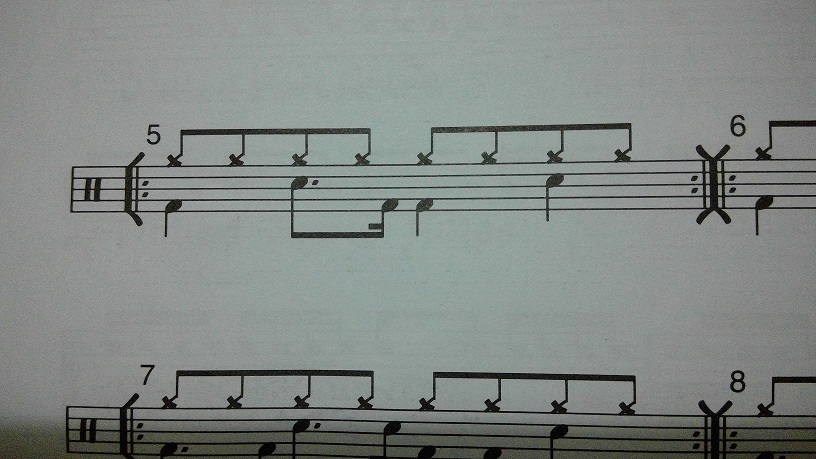I daresay it's a good sign that this is tripping you up, because both scenarios are actually musically very different, so it shows you're not playing too mechanically. Namely, in
X:1
L:1/16
M:C
K:C
V:2 clef=perc
F4 c4 FF3 c4
%
the third kick beat is more of an echo of the second one, whereas in
X:1
L:1/16
M:C
K:C
V:2 clef=perc
F4 c3 F F4 c4
%
the second is more of a foreshadowing of the third. So if that one comes out weak, it's usually not as bad, as long as the rhythm around remains stable. In string instruments, we'd usually acknowledge this by choosing the bow directions accordingly, i.e.
X:1
L:1/16
M:C
K:C
V:2 name=Cello clef=bass
vA,,4 z3 uA,, vA,,4 z4 | vA,,4 z4 vA,,uA,,3 z4
%
I'd recommend you'd mentally do something similar on the kick drum too. How exactly to do this depends on the heel technique, but the general idea is that you'd play the anacrusis 16th as an “up stroke” where you focus on preparing the on-beat on 3, but “along the way” also add the earlier beat. Best practise this without hi-hat: set your metronome to 16ths, and try matching the feel of the kick beat with e.g. snare where this can be easier done with different hands:
X:1
L:1/16
M:C
K:C
V:2 clef=perc
|: LF3 "L"c "R"Lc3 F LF3 "L"c "R"Lc3 F | LF3 "L"c "R"Lc3 F LF3 "L"c "R"Lc3 F :|
%
Start out slow and accelerate.

